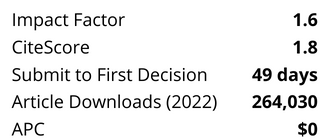Phosphorus removal from municipal wastewater is primarily accomplished through a combination of biological uptake and chemical precipitation. This study examines the capital and operating costs of four strategies for phosphorus removal: conventional activated sludge (CAS), CAS followed by sand filtration, CAS followed by membrane filtration, and membrane bioreactors (MBR).
The cost-effectiveness of these four strategies to achieve three target levels of effluent total phosphorus is contrasted: 2.0, 0.3, and 0.1 mg/L. The impact of simultaneously achieving biological nitrogen removal in the system to achieve 10 mg/L total nitrogen is also considered. This study, which is balanced carefully to try to ensure a ‘level playing field’, reveals that MBR facilities are cost-competitive with CAS facilities when tertiary media filtration or tertiary membrane filtration is required for achieving moderate to high levels of phosphorus removal, particularly when simultaneous nitrogen removal is required.




%20cropped.png?versionId=5954)